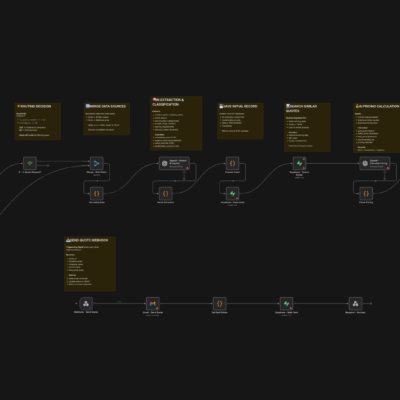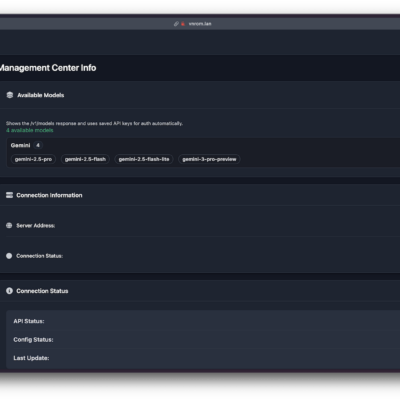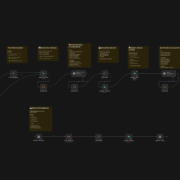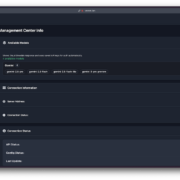
AI-Driven Tagging and Metadata Enhancements for Faster Asset Retrieval
In today’s fast-paced digital environment, organizations continually face the challenge of managing enormous volumes of digital assets. Digital Asset Management (DAM) systems have evolved significantly by 2025, driven primarily by advancements in artificial intelligence (AI). AI-driven tagging and metadata generation have dramatically enhanced the speed and accuracy of asset retrieval. Traditionally, assets were manually tagged—a tedious, error-prone, and time-consuming task. AI now automates this by accurately tagging assets with contextual metadata, enabling teams to locate specific files swiftly and reliably.
AI-powered DAM tools utilize machine learning algorithms to recognize patterns and automatically classify content based on visual and contextual clues. For example, images are tagged with relevant descriptors such as colors, themes, locations, and even specific faces, dramatically simplifying the search process. This sophisticated tagging ensures that assets are easily discoverable, significantly boosting operational efficiency by cutting down search time from hours to mere seconds.
Real-Time Collaboration Features Transforming Remote Creative Workflows
Remote and hybrid working arrangements are now deeply entrenched across various industries, making effective collaboration critical. DAM systems in 2025 integrate robust real-time collaboration features designed to streamline communication between geographically dispersed teams. These advanced collaboration tools allow multiple users to access, review, annotate, and approve assets simultaneously, regardless of their location.
Features such as real-time annotations, instant notifications, and interactive asset sharing provide teams with an unprecedented level of agility. Creative teams, marketing departments, and stakeholders can work synchronously, eliminating bottlenecks and ensuring project timelines are strictly adhered to. These capabilities transform remote workflows, enabling seamless creativity and faster approval cycles, thus accelerating project completion.
DAM Integration with Project Management Tools in 2025
Integration capabilities have significantly expanded in 2025, as DAM systems seamlessly connect with popular project management tools like Jira, Trello, Asana, and Monday.com. Such integrations provide an enhanced view of project progress by linking asset management directly with task management, schedules, and timelines. With this integrated approach, digital assets become easily attachable to tasks or milestones, improving visibility and accountability across project lifecycles.
For instance, a design team can upload finalized visuals directly from their DAM interface into their project management software, automatically notifying relevant stakeholders. This integration reduces the potential for errors, duplication, or miscommunication and enhances overall efficiency, providing clear and immediate insights into asset status and project advancement.
Eliminating Redundant Processes Through Smart Automation
Organizations often struggle with redundancy, which drains resources and slows workflow considerably. Advanced DAM solutions now include smart automation features aimed explicitly at removing these inefficiencies. Repetitive tasks such as asset uploads, conversions, versioning, and distribution are automated, freeing teams to focus on high-value, creative tasks rather than administrative duties.
Smart automation algorithms detect duplicate assets immediately upon upload, avoiding unnecessary storage costs and confusion. Version control is also simplified, as DAM systems automatically track updates, edits, and versions, ensuring users always access the most current iteration of a file. This comprehensive automation of routine tasks significantly enhances productivity and streamlines workflows by eliminating unnecessary manual intervention.
Cross-Platform Access: Enabling Seamless Asset Sharing Across Teams
Cross-platform compatibility is essential for modern DAM systems, ensuring that assets are accessible anytime, anywhere, and from any device. By 2025, DAM systems universally embrace cloud technology, enabling seamless access and distribution of digital assets across teams and platforms, including mobile, desktop, and web-based applications.
This ubiquitous access facilitates uninterrupted workflows, allowing team members to retrieve, share, and utilize assets wherever they are. For instance, a marketing team can effortlessly share approved graphics with a sales team in a different geographic location instantly, without compatibility issues or cumbersome file transfers. This streamlined asset accessibility accelerates operations, promoting a smoother, more productive workflow environment.
Case Study: How a Global Brand Cut Production Time by 30% with DAM
To illustrate the practical impacts of DAM in real-world scenarios, consider a prominent global consumer electronics brand. Before implementing DAM, their digital asset management process was fragmented, inefficient, and highly prone to duplication and delay. After adopting an advanced DAM system, the brand saw immediate improvements.
By centralizing asset storage and enabling quick retrieval through AI-enhanced tagging, the brand eliminated asset redundancies. Integration with their project management tool streamlined asset approval processes, significantly reducing delays. Additionally, real-time collaboration features fostered rapid communication and quicker consensus-building. The result was a remarkable 30% reduction in asset production times, reflecting tangible gains in operational efficiency and team productivity.
Leveraging DAM Analytics to Improve Team Performance and Asset Usage
Analytics has become a critical aspect of DAM systems, providing insightful data on asset utilization, team performance, and content effectiveness. DAM analytics track detailed metrics, such as how frequently certain assets are accessed, which team members utilize specific resources, and how assets perform in different contexts or campaigns.
Teams can leverage these insights to optimize their asset creation and deployment strategies, focusing resources where they’re most effective. For instance, analytics might reveal that particular types of visual content consistently outperform others, prompting the creative team to prioritize producing similar assets. This analytical approach ensures assets are not only efficiently managed but also effectively utilized to enhance overall business performance.
Moreover, DAM analytics assist in identifying and rectifying workflow inefficiencies. Tracking asset lifecycle data can highlight bottlenecks or underutilized resources, allowing managers to address these issues proactively, further boosting efficiency and productivity.









